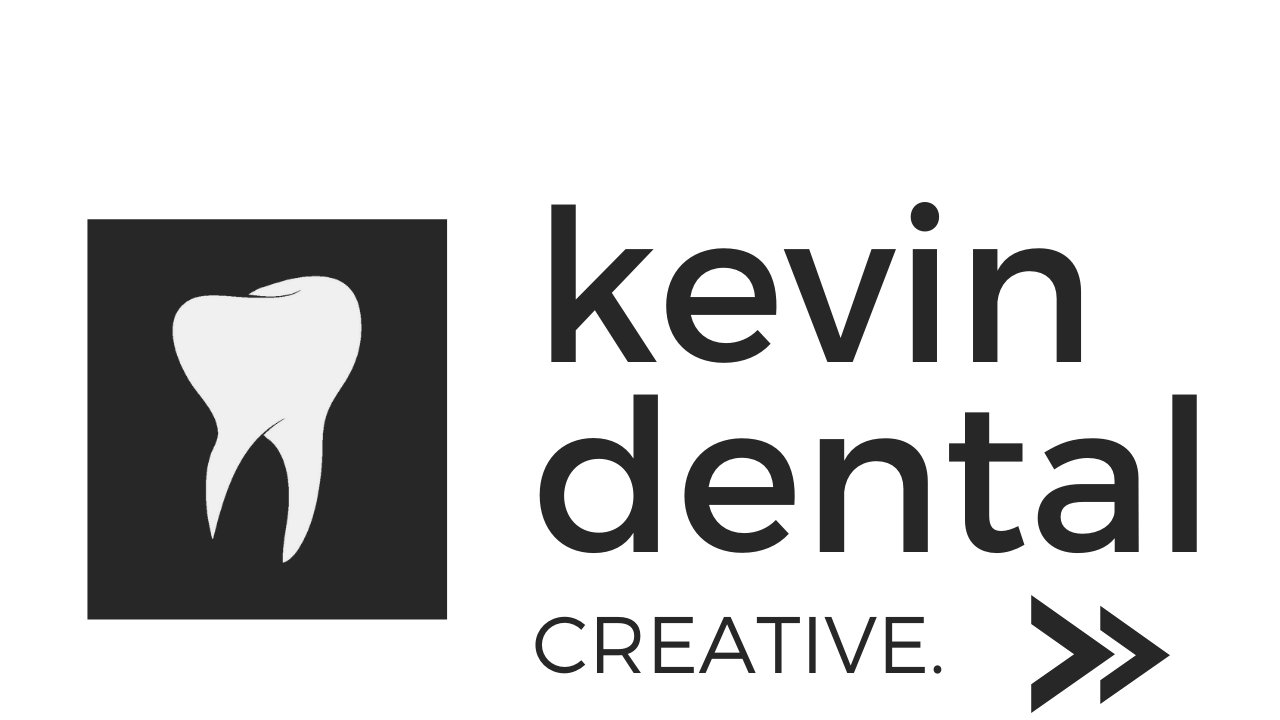CDC's dental webinar further showcases a struggling agency
Out of touch with actual dental practice
by KEVIN KUO DDS, MMSc | June 7, 2020
On June 3rd, while still working under a reduced schedule clinically, I had the time and opportunity to attend the Centers for Disease Control and Prevention’s (CDC’s) webinar for dental practices. The webinar was particularly intriguing, given that the CDC rarely discussed dentistry specifically on its own without packaging along with medicine. Also, the presentation was planned to be live with an audience question and answer at the end with the potential for dental personnel’s specific questions to be answered.
Despite the public outcry on the CDC, I had been a follower and advocate for the CDC since the start of the pandemic on March 2020. The virus was still mostly unknown at the time. The CDC guided much of my initial practice changes, even though the Agency stumbled with its testing kits and travel monitoring early on during the pandemic. I overlooked early mistakes by the CDC with an understanding of the rapid pandemic changes with potential White House Administration limitations on the Agency.
In particular, I appreciated the CDC’s guidelines on optimizing the limited respirator supply and applying practical alternatives for medical personnel to navigate their difficult situation with COVID-19. N95 masks are manufacturers under single-use direction, but the CDC rightly gave healthcare professionals other options, although not ideal, to protect themselves during patient care. With adequate CDC resources, I was able to find the necessary available personal protective equipment and create practice protocols to treat patients confidently during the heat of the pandemic, or so I thought.
As the pandemic went on into June, my opinion of the CDC began to change as more news reports of the CDC’s mishandlings became public. The CDC testing snafu and travel monitoring mistakes likely cost the United States tens of thousands of more deaths. The Agency also struggled to communicate with hospitals to provide guidance and compile data of increasingly high COVID-19 cases. This failure, in turn, led to the country’s inability to provide data-driven recommendations and mitigation. Furthermore, White House administration infection disease experts Drs. Anthony Fauci and Deborah Birx had quickly eclipsed the CDC in providing timely and clear direction for the public and in some cases healthcare workers.
The webinar by the CDC was supposed to make-up for all the prior missteps, at least I hoped. With an on-time start, the host of the webinar began with some housekeeping information before the actual presentation. He introduced five speakers who presented the dental setting guidelines for dental personnel during the COVID-19 response.
The actual presentation began with the premise that “dental healthcare personal have very high exposure risk jobs as classified by OSHA”.
This one sentence is the key to the CDC’s tunnel vision and foreshadowing for the rest of the webinar and the Agency’s overall dental perspectives. Each of the presenters stated word-for-word from their slides. Even with adequate content, presenting in this manner is not helpful and wastes a potentially valuable platform for the CDC to distribute information.
The dental officer in the webinar acknowledged that variable community transmission would lead to differences in practice protocols depending on one’s geographical practice location. In other words, an area with little to no community transmission can practice according to pre-pandemic standard precautions. However, the entire webinar was presented in a manner that assumes all of dentistry can only be high risk, due to aerosol-generating-procedures. Following the dental officer, a mechanical engineer, medical officer, and nurse epidemiologist all presented guidelines that align more with medical personnel treating COVID-19 test-confirmed patients, whom dental professionals would unlikely treat.
The CDC presenters recommended a 15-minute suspension of care in between each patient. It appears the CDC views dental operatories equal to operation rooms (ORs) in medical hospitals, which is not the case. Unlike ORs, dental operatories are built more akin to your standard office building rather than an OR with more involved ventilation systems. Fifteen minutes of “air cleaning” is unlikely to make a difference, even with portable air filtration units. Dental procedures are also much shorter than medical surgeries. Fifteen minutes is one-fourth of the duration of several dental treatments. Similarly, the heads of patient chairs were recommended to be directed towards the wall rather than the open corridors, which is the complete opposite of almost all dental office designs. Patients typically face forward when sitting into their chairs, rather than facing the entrance into the room.
CDC presenters then focused significant time on N95 and KN95 respirators when those same respirators are not adequately available for dental practices as they are distributed to medical personnel first. Dentists have limited access to legitimate N95 or KN95 masks and do not have regular distributors for those masks. Dental office typically do not stock respirators. It is not just about shortages. Dental distributors do not even stock them prior to the pandemic.
Overall, the webinar potentially exposed the CDC in lacking a clear understanding of dental practice. The guidelines are almost unattainable. Following every guideline presented in the webinar constraints dental offices and confuses dental personnel. Due to dentistry’s essential role in society and difficulties in the current situation, the CDC should have presented recommendations more applicable to dentistry and allowable in non-ideal scenarios.




